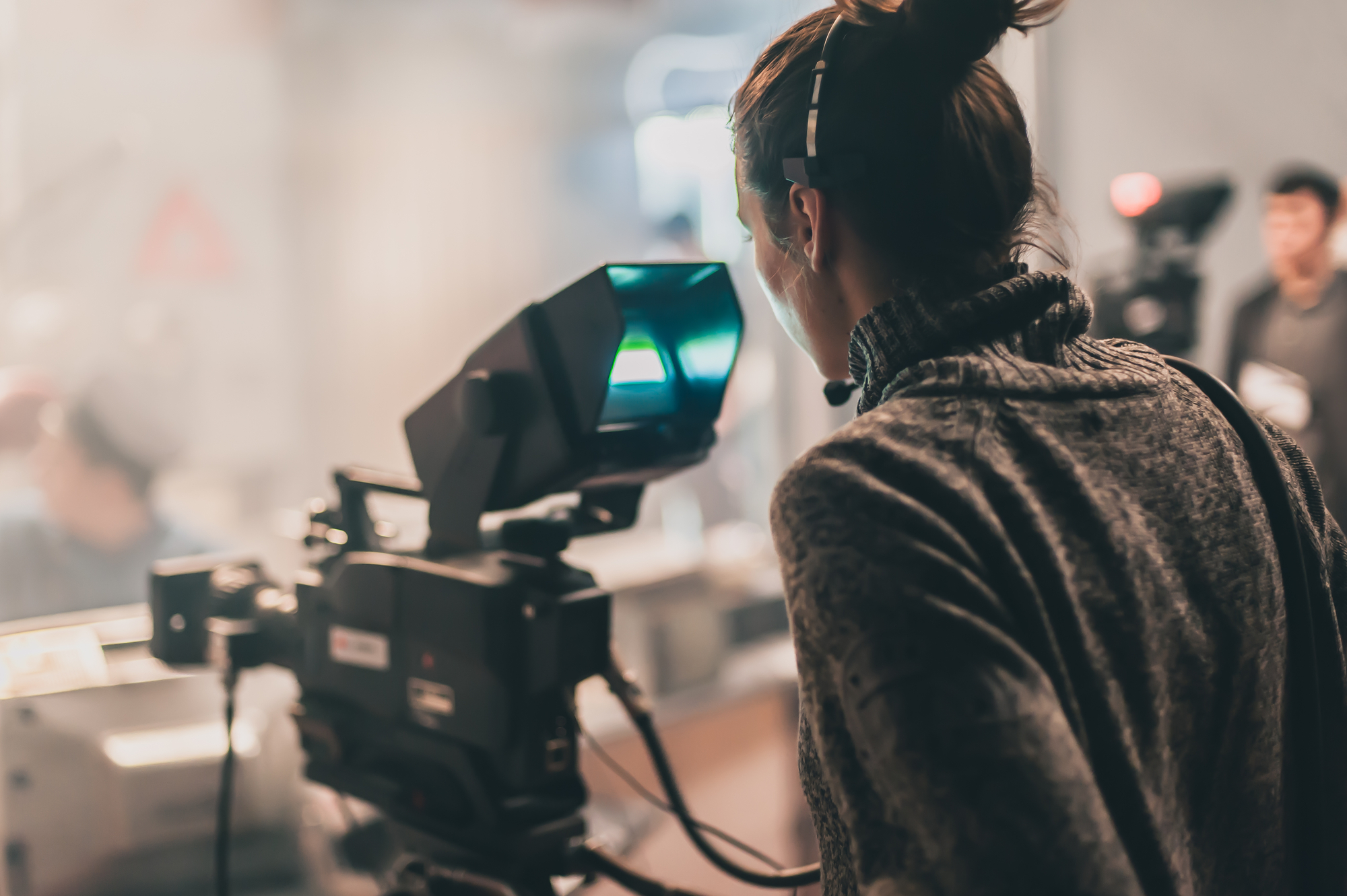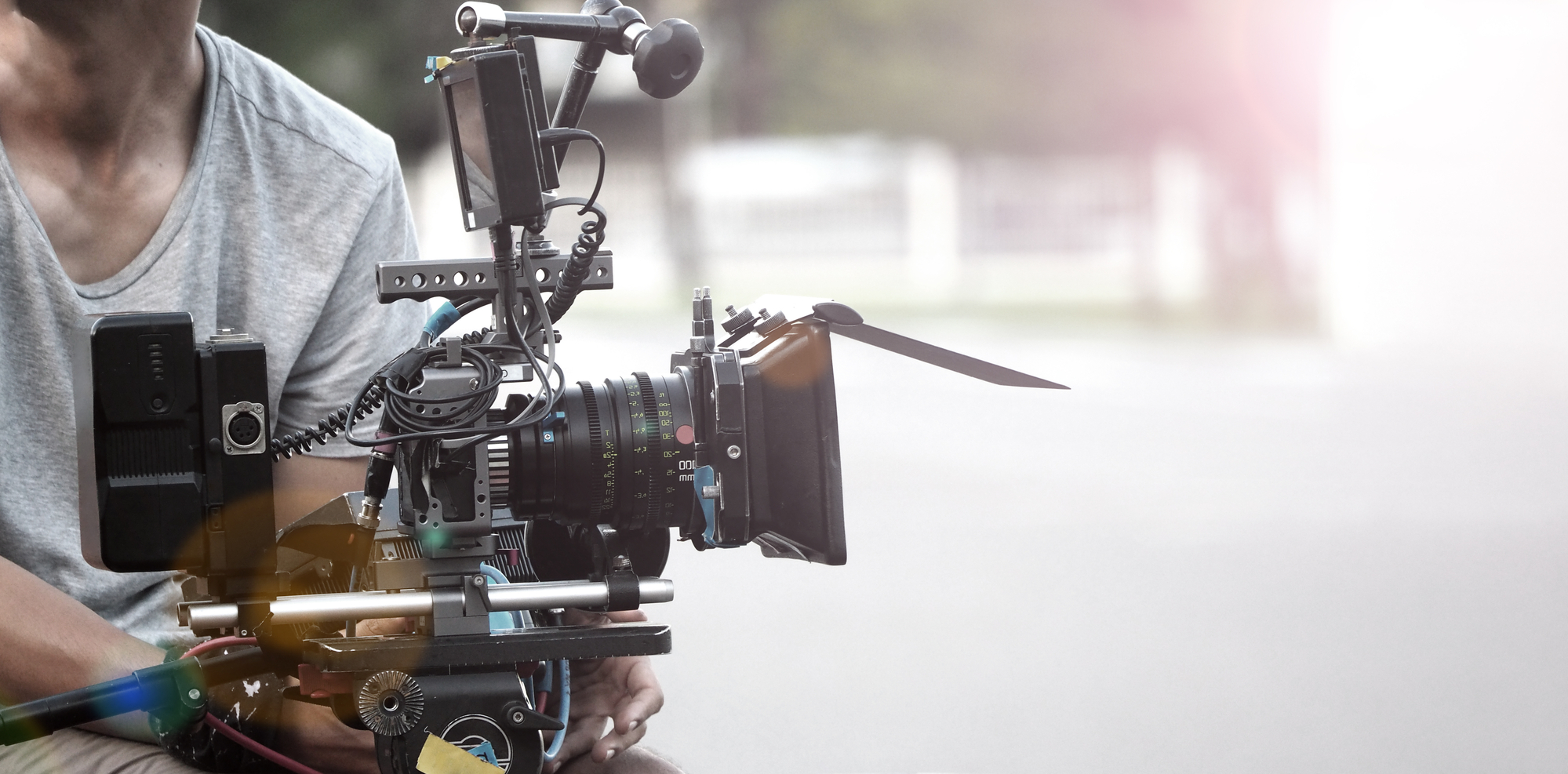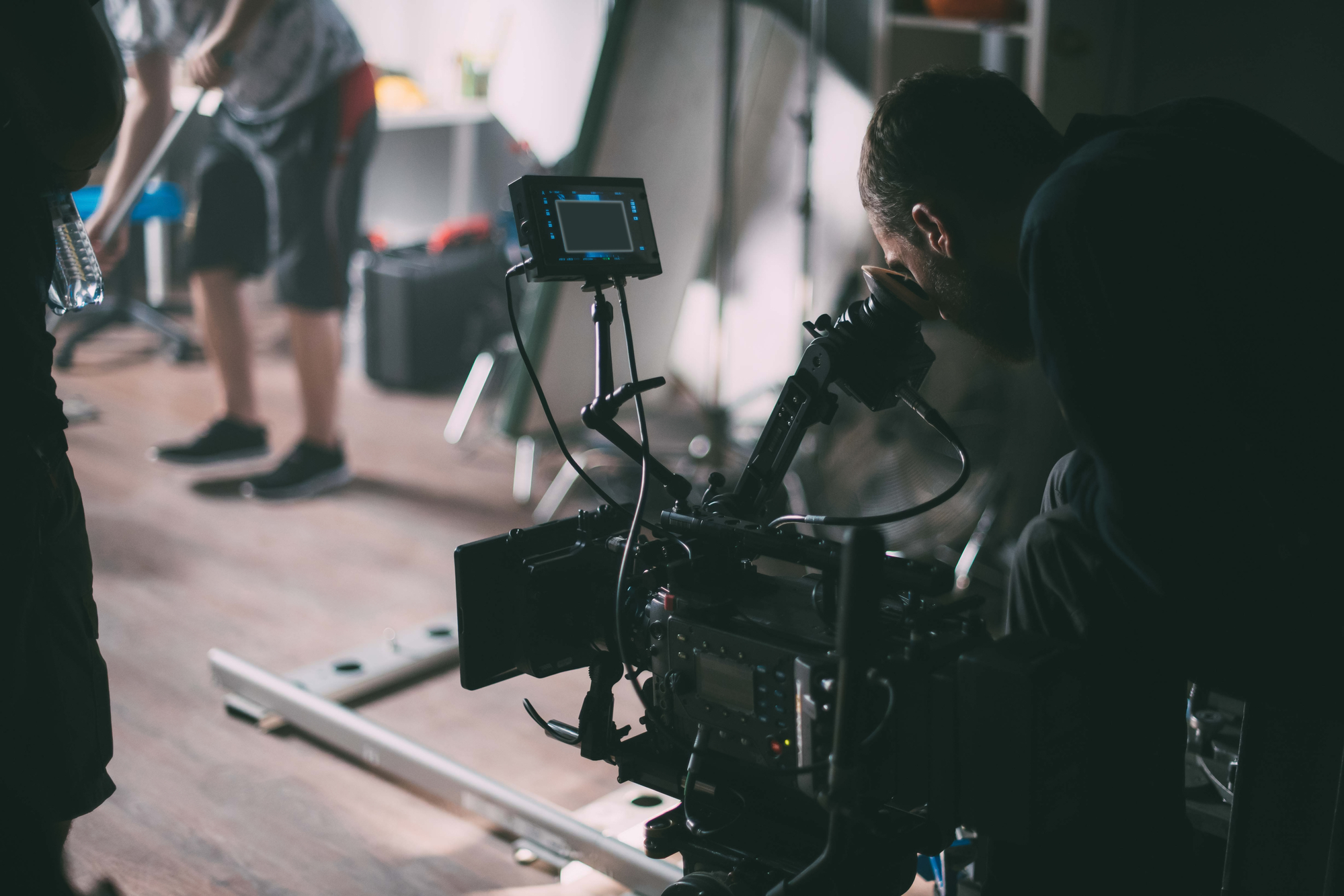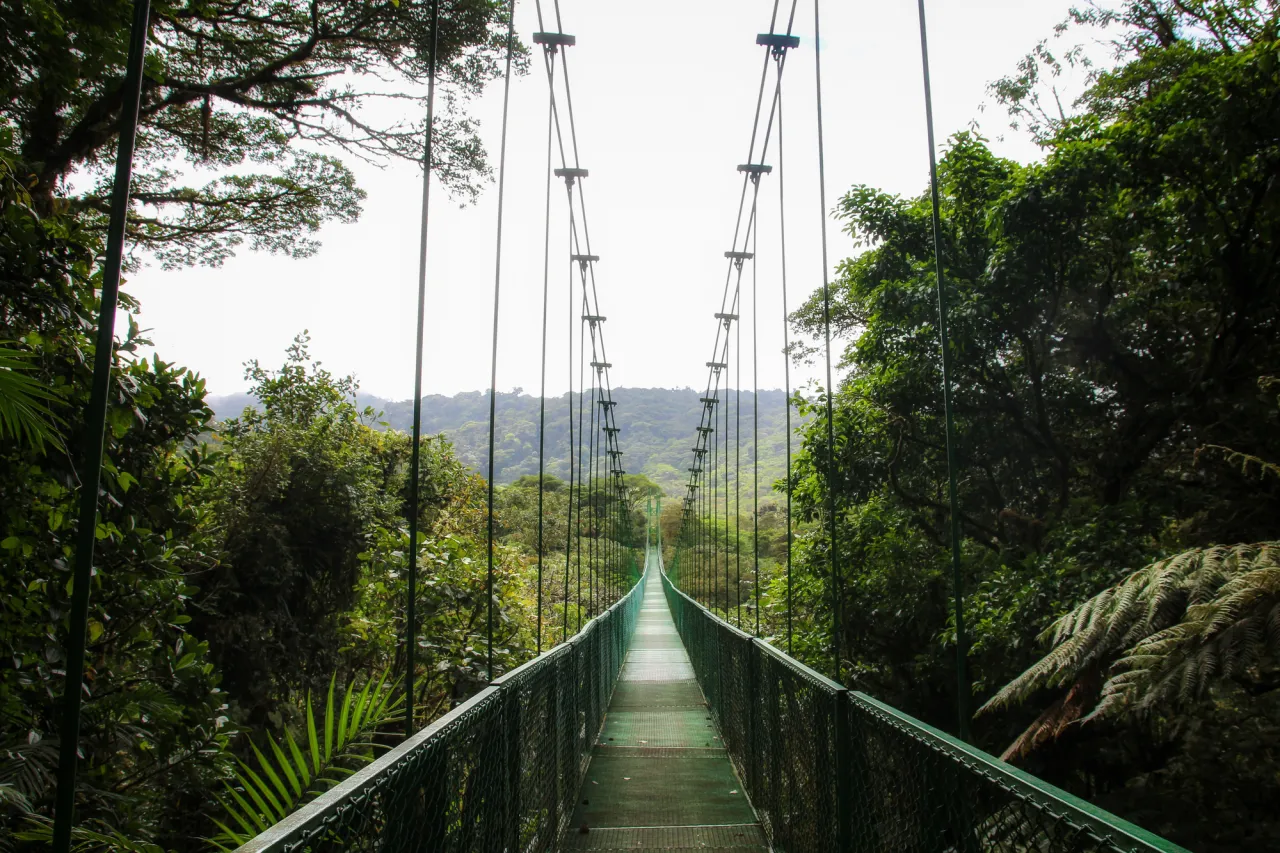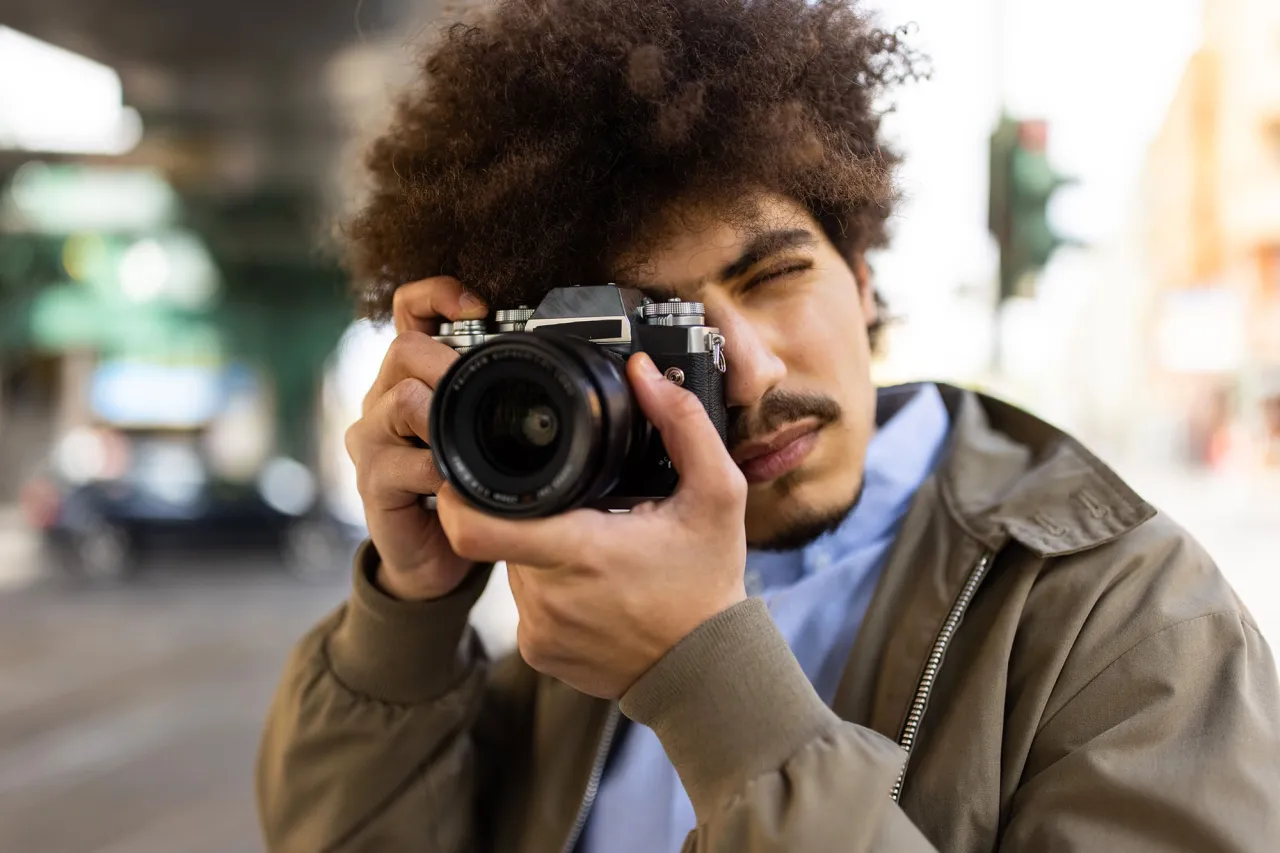Filmmaking: 9 Common Shot Types and When to Use Them
The angle of a shot is as important for the art of storytelling in film, as any dialogue in a video script. It can complement or accentuate the moment and reinforce the emotional drive of a scene. The right combination of angles for particular scenes can also create the overall ‘feel’ of a film, generating a mood, and forming a large part of a movie’s overall identity. Keep on reading to discover 9 common shot types and their purpose in the filmmaking process.
There are shot types that are fundamental to all filmmaking and recognizable to all of us, even if subconsciously. And there are some that are slightly more specific. Certain directors are so adept at certain shot techniques that their work is immediately recognizable. Naturally, one needs a lot of practice and experience to get to that point. Exploring the fundamentals will help you do so.
Top 9 Common Shot Types
1. The Establishing Shot
An establishing shot, in essence, is a scene-setter. It can be used at any time during a film to inform the viewer of the location, or that the location has now changed. This is a fundamental shot for television, as well as the big screen.
If you watch a sitcom such as Friends, you’ll see that it routinely shows an external shot of a highrise tenement building before cutting to an interior shot of cast members at home. Before you see the living rooms, you know where you’re about to be within the story. Likewise, if you are watching a Batman film and the movie cuts to an outside shot of a secluded mansion, you know you’re about to be at home with Bruce Wayne.
Establishing shots act as identifiers. The Empire State Building? You know you’re in New York. Buckingham Palace? You know you’re in London. The establishing shot can also be referred to as an ‘extreme long shot’. The camera is set back and zoomed out with a large area captured to set the locality of the action.
2. The Long Shot
Also known as ‘the wide shot’. It’s not pulled back in a manner that’s as extreme as the establishing shot, but it still incorporates the surrounding environment in a similar big scale manner. It’s somewhat closer than the establishing shot, so the viewers can explore the scenery more closely. It enables the director to put a character into an environment that’s natural to them or outside of it.
In a typical long shot, the character in question during the scene is entirely visible from head to toe – yet they are not the sole focus of what’s occurring. The long shot allows you to see characters interact with the world around them – or conversely, the world moving around them.
Long shots depict scenes such as someone being alone on a beach, or walking down a street and entering a shop or a restaurant. These types of shots are usually brief, used as a segway between scenes. But they can also play a longer and more important role in a narrative. For example, to depict loneliness in movies such as Taxi Driver.
3. Close-Up
The close-up shot is a fundamental technique for capturing intimacy and emotion. This shot will typically frame a character from their shoulders to the top of their heads. An actor doesn’t necessarily even need to say anything – the close-up (when used on a face) is all about capturing expressive nuances and showing the viewer what the character is feeling. Being so up-close and personal with the actor’s face also acts as a way of informing viewers that what’s happening at that moment is significant.
Close-ups can of course be used in other ways. Think of The Silence of the Lambs and the moment where Hannibal’s finger touches the hand of Clarice Starling: the close-up is used in the scene to convey intimacy, albeit in an unconventional way. Another important use of facial close-up shots is to depict the reaction of a character, be it shock, horror, joy, or surprise.
4. Extreme Close-up
The extreme close-up can be used for a variety of purposes. When used on a face, it can add more weight to a scene than the standard close-up shot. For example, by being zoomed in on an eye as a tear falls.
Extreme close-up shots are designed to highlight something emotional through concentrating on a part of the actor’s face, or to reveal details on something inanimate that wouldn’t be visible with the use of any other shot.
Extreme close-ups are often intense and can be hard to watch. They can make the viewer feel uncomfortable, especially during scenes that are particularly painful emotionally. The close proximity to a part of an actor’s face can give a heightened sense of immediacy and really add intensity.
Extreme close-up shots are also a very good way for directors to be creative. They can reveal everyday things in ways you may not expect to see them.
The versatility of this shot means that it can be used to generate tension and create a very strong atmosphere. For example, think of director David Fincher and the opening credits to his movie Se7en. Hundreds of images are seen at close range, collaged and overlapped, while simultaneously creating a very specific feeling, setting a well-defined tone for the rest of the film.
5. The Tracking Shot (or Dolly)
This shot is more complicated than it may seem. Tracking shots follow the movement of the subject using a dolly or a Steadicam. The shot could follow an actor as they make their way through a crowd or a house, or it could be used behind a car during a chase sequence or alongside a trolley in a hospital corridor.
It’s an action shot that requires precision; it needs to be well-timed and choreographed by both the camera operator and actors within the frame.
Tracking shots can also be used as a tool for building suspense. A horror film may use a slow tracking shot, creeping out of the woodland and slowly making its way toward a cabin. This instills a sense of dread, which the occupants of the cabin are unaware of, and induces that edge-of-the-seat feeling in viewers.
6. The POV shot
This first-person perspective camera shot can be very effective. It allows the viewer to witness something within the film from the point of view of one of its characters. It gives a real sense of immediacy.
Seeing something through the eyes of one of the film’s protagonists can make discovery more surprising or shocking, and give the viewer a real idea of the experience the character is having. Not only is this camera shot great for dramatic storytelling, but it can also be equally as effective for comedic purposes.
A good example of this is the British television sitcom, Peep Show, in which each episode involves seeing the POV of all the characters, often in the same scene, which also highlights how individuals are interpreting the same thing as it happens in front of them.
7. The Crash-Zoom
Some filmmakers develop their own style and have particular angles, which they are fond of using. By incorporating them at some point or other during their work, some directors create a signature shot of their own. A good example of this is Quentin Tarantino and the ‘crash zoom’, an effect he has used in many of his films, most notably (and prolifically) in both installments of Kill Bill.
The crash-zoom shot sees the camera advance at sudden high speed toward its subject (usually a face) and along a crooked line (the trajectory is rarely a straight one), with the camera coming to an abrupt stop just inches before ‘impact’. It’s a quick, sharp shot that’s over in a second, but adds a ton of drama and urgency to a scene.
The crash-zoom effect isn’t new, it’s a technique that has been in use for decades, but it’s the one that Tarantino routinely uses to great effect. By the way, it can work well both in drama and in comedy.
8. The Pan Shot
This tripod-mounted shot sweeps from left to right or right to left, and is a great way of showing the environment of a scene. It can also be used to lead into a scene, perhaps moving left to right across a wasteland before stopping with characters now in the frame.
Though it can be used for conventional, reality-based films, it can also be a great way to illustrate alien environments in science fiction and fantasy films. The pan shot can be a very magisterial and dynamic shot that relays a huge amount of environmental information to the viewer.
As a side-note: when a camera moves up or down diganonaly, with the same fluid motion as a pan shot, this particular angle is usually referred to as a tilt shot. It’s a pan shot variant, which serves the same basic purpose.
9. The Handheld Shot
This is a relatively simple form of shooting with a camera that can really throw the audience into the mix of a story. More commonly associated with documentary filmmaking, this particular way of filming can really pull the audience in and make them feel as if they’re caught up in the action.
The ‘shaky-cam’ documentary effect, done by holding a camera in both hands, gives a believable feeling to what’s unfolding on the screen. It adds drama and intimacy, which can increase the audience’s investment into the story.
The technique has increasingly become more popular with television shows, as well as films. The American FX drama series, The Shield, which centers around a group of corrupt policemen in LA, made extensive use of handheld filming. It made the show notable for its gritty realism, giving a sense of actually being there and getting caught up in the mix of the unfolding storylines. The use of handheld cameras was so heavy and effective that it felt more like being dragged along rather than watching the show.
Wrapping up
These are some of the fundamental shots that contribute to filmmaking. Try noticing them while watching films and TV shows to see how these particular angles are assembled together to form narratives, and how directors utilize them to maximize the effectiveness of their storytelling. And if you’re going to film something yourself, hopefully this list will help you in your own process.
